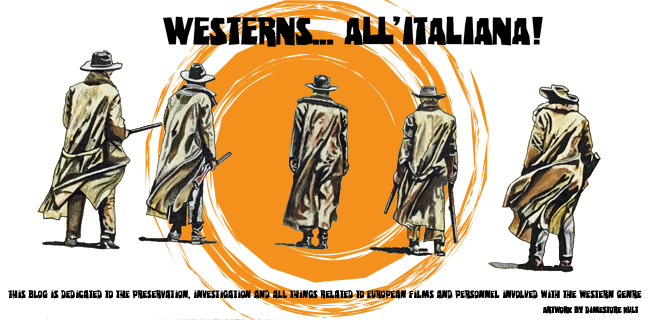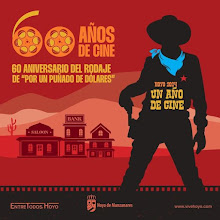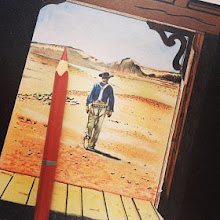The American Robert Royal shows characters and historical
moments known as a graphic correspondent.
El Pais
By Manuel Morales
March 30, 2018
Because he knew how to ride a horse, American Robert
Royal (Alabama, 1940) became a photojournalist in aftermath of Francoism and
Spanish transition. Although this story does not start at a farm in south of
United States, but in waiting room for an audition for actors in New York. A
Royal, an aspiring interpreter, told him a guy who broke to talk that in Spain
re was a lot of work for actors if y knew how to trot or gallop. The mine was
in spaghetti-westerns that were shot in Almeria. Royal landed in Spain in 1963.
"I liked country, although it was a politically suppressed society and, to
a certain extent, mentally. As an American, I was interested in place y had
written Hemingway and two Passos, also ir history... and knew language because
I grew up in Miami, says at International Press Center (CIP), in Madrid, where
it exhibits more than 40 photographs, in black and white and Color, until April
30th.
Royal not only rode in Almeria, but he also started to
take camera. "I realized that selling out fashion and news reports gave me
a privileged access to wonders of country." One day, at Madrid Film
School, where he dropped, "someone from Ministry of Information appeared
asking for a driver who knew English and Spanish to serve a U.S. producer, and it
was me," he says. It began a stage of travel: Egypt, India... to shoot
documentaries for American airline TWA. While working in Beirut, he was called
CBS: "The dictator is dying." He asked: "Which one?",
because re were a few on planet. "Go to Madrid, Franco is very sick."
Royal remembers those days "of much coming and going in palace of
Pardo". "I bought a van and put a bed in it so I could be re all
time. Some nights came ultras to beat journalists, but it was clear that it was
beginning of end of a society that could not follow more time in Spain or
Europe, "he stresses.
Royal began selling his photos to English and American
media, Sunday times, Time or The New York times... "Living transition was
like seeing a child born and growing up, I made many photos to Adolfo Suárez,
who did not last as President of government but did a lot, and entered stage
Santiago Carrillo, Manuel Fraga... As I came from being an actor, I saw m and
everything seemed a great teat Ro, by way y spoke, ir gestures... ", he
explains. "Till Philip Gonzalez came, quiet, handsome, young, and
coils." For graphic correspondent, socialist former president is character
that has influenced most in Society of Spain. While his "favorite
historical moment" is photo of signing of Treaty of Accession of Spain to
European Economic Community, on June 12, 1985, with González, n foreign
minister, Fernando Morán, and Secretary of State for Relations with The
European Communities, Manuel Marín.
They and or protagonists of transition are portrayed at
Robert Royal exhibition. Spanish photographs. "Today's politicians are
much more bored," he says. On walls of CIP also hang images of figures of
culture as Eduardo Chillida, "who had a more interesting
personality"; Joaquín Rodrigo, Andrés Segovia, Manuel Pertegaz, Ouka
Leele...
Of his way of working, Royal claims that best reports
were made when he formed a tandem with a journalist. "What one did, served
to feed or. The writer put literary part and I was witness with camera of what
was happening. "
Over years, "The history of Spain lost interest
outside, country stabilized, re was confidence, money...". As his work for
foreign media was not so succulent, Royal opened an advertising studio,
although he continued to be a photojournalist. Today he estimates that his file
contains about 15,000 negatives. With Spanish nationality, his gaze is no
longer that of stranger surprised at a society he does not know. However, re is
something that still does not like Spaniards, he points in jest: "His way
of driving."
[The IMDb shows
only two credits for Robert Royal. “Battle of the Bulge” (1965) and “Camino del
Rocío” (1966) in the role of Robert Burton. We all know the IMDb is not the
final word on films and credits. I have never heard of Royal and I have nothing
on him in my database. All I can say is that if he was a competent horseman as
stated in the article he was probably used as a rider in posses, gangs and as a
double for actors.]












No comments:
Post a Comment